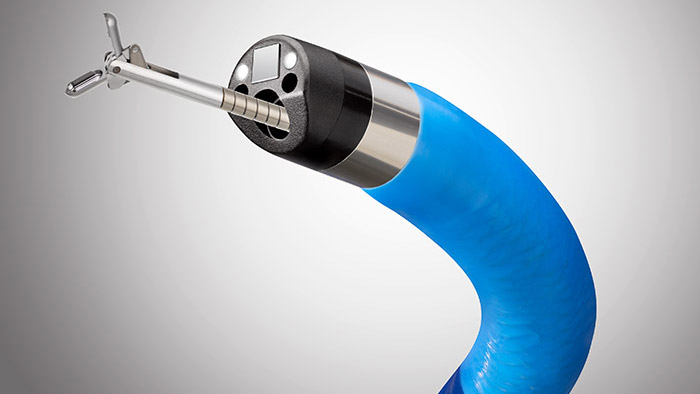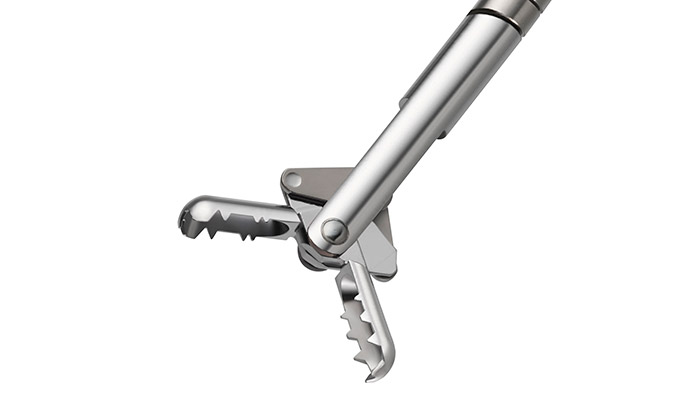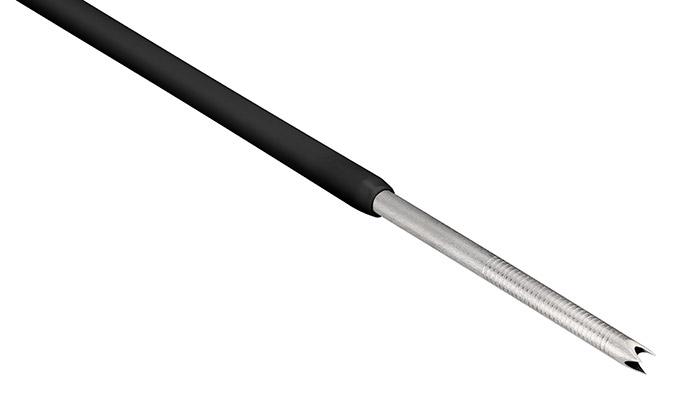Diagnosing lesions remains challenging
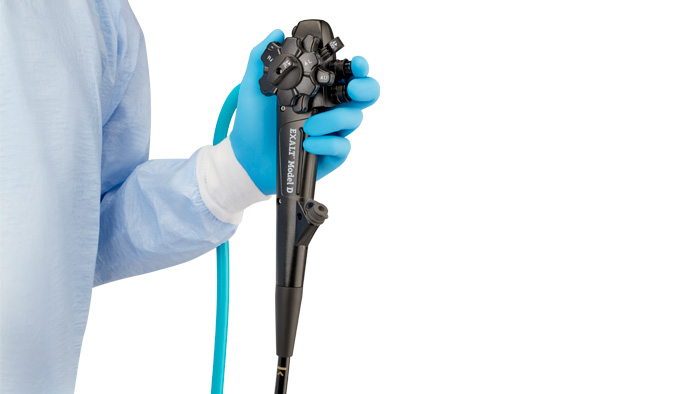
Any delay to diagnosis may directly affect patient outcomes. Yet, an accurate diagnosis can be challenging even after tissue-based diagnostic investigations have been attempted. About 15–20% of patients with indeterminate biliary structures who undergo surgery are found to have benign disease, with high postoperative mortality (10%) reported in many western referral centers.²
A delayed diagnosis of malignancy may result in a more invasive surgical procedure³ or patients may no longer be surgical candidates.⁴
Accurate diagnosis is as challenging as it is important1,2,5,6
There are different diagnostic methods available for evaluating strictures, each comes with benefits and limitations.2,5 Based on the type and location of the suspected mass, careful selection of EUS and/or ERCP-based sampling techniques is required to optimize diagnostic accuracy.2
Optimizing hospital resources – an urgent requirement
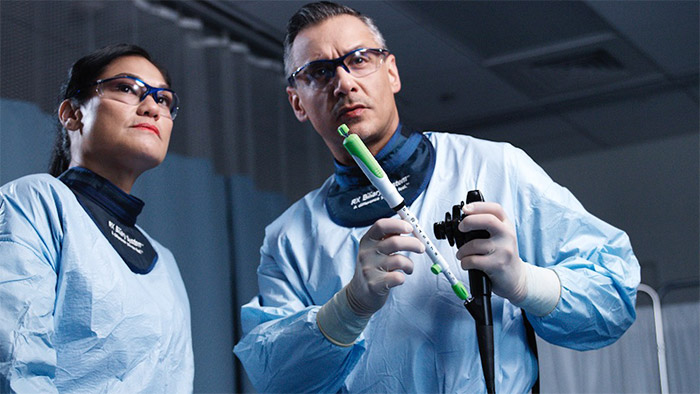
Strain on health systems has been exacerbated by the COVID-19 pandemic, resulting in patient backlogs and driving the need for improved operational efficiency.
This can be achieved by avoiding repeat procedures, reducing the length of those that are carried out, and delivering cost savings while simultaneously maintaining – or improving – the standard of care.
Driving innovation in HPB diagnosis
At Boston Scientific, we understand the challenges you may face in achieving a diagnosis for your patients. We have developed a suite of solutions to help support them:

















